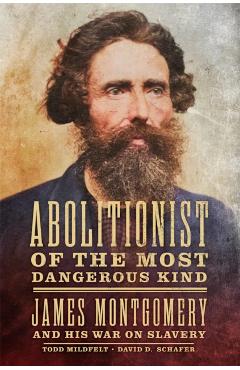The Abortionist of Howard Street: Medicine and Crime in Nineteenth-Century New York - R. E. Fulton

Detalii The Abortionist of Howard Street:
libris.ro
161.54 Lei
179.49 Lei
Young Adult Nonfiction
R. E. Fulton
The Abortionist of Howard Street: - Disponibil la libris.ro
Pe YEO găsești The Abortionist of Howard Street: de la R. E. Fulton, în categoria Young Adult Nonfiction.
Indiferent de nevoile tale, The Abortionist of Howard Street: Medicine and Crime in Nineteenth-Century New York - R. E. Fulton din categoria Young Adult Nonfiction îți poate aduce un echilibru perfect între calitate și preț, cu avantaje practice și moderne.
Preț: 161.54 Lei
Caracteristicile produsului The Abortionist of Howard Street:
- Brand: R. E. Fulton
- Categoria: Young Adult Nonfiction
- Magazin: libris.ro
- Ultima actualizare: 05-06-2025 16:21:01
Comandă The Abortionist of Howard Street: Online, Simplu și Rapid
Prin intermediul platformei YEO, poți comanda The Abortionist of Howard Street: de la libris.ro rapid și în siguranță. Bucură-te de o experiență de cumpărături online optimizată și descoperă cele mai bune oferte actualizate constant.
Descriere magazin:
Josephine McCarty had many identities. But in Albany, New York, she was known as Dr. Emma Burleigh, the abortionist of Howard Street. On January 17, 1872, McCarty boarded a streetcar in Utica, New York, shot her ex-lover in the face, and disembarked, unaware that her bullet had passed through her target\'s head and into the heart of the innocent man sitting beside him. The unlucky passenger died within minutes. Josephine McCarty was arrested for attempted murder and quickly became the most notorious woman in central New York. The Abortionist of Howard Street was, however, far more than a murderer. In Maryland she was Johnny McCarty, a blockade runner and spy for Confederate forces. New Yorkers whispered of her as a mistress to corrupt Albany politicians. So who was she? The prosecution in her murder trial claimed she was a calculating and heartless operative both in the bedroom and in her public life. Or was she the victim of ill fortune and the systemic weight of misogyny and male violence? The answer, of course, was not as simple as either narrative. In this absorbing and rich history, R.E. Fulton considers the nuances of Josephine McCarty\'s life from marriage to divorce, from financial abuse to quarrels with intimate partners and more, trying to decipher the truth behind the stories and myths surrounding McCarty and what ultimately led her to that Utica streetcar with a pistol in her dress pocket. In The Abortionist of Howard Street , Fulton revisites a rich history of women\'s experience in mid-nineteenth century America, revealing McCarty as a multifaceted, fascinating personification of issues as broad as reproductive health, education, domestic abuse, mental illness, and criminal justice.

Produse asemănătoare

Madame Restell: The Life, Death, and Resurrection of Old New York\'s Most Fabulous, Fearless, and Infamous Abortionist - Jennifer Wright
![]() libris.ro
libris.ro
Actualizat in 28/10/2025
122.71 Lei

We Want to Do More Than Survive: Abolitionist Teaching and the Pursuit of Educational Freedom, Paperback/Bettina Love
![]() elefant.ro
elefant.ro
Actualizat in 28/10/2025
115.99 Lei

Lincoln’s Lady Spymaster. The Untold Story of the Abolitionist Southern Belle Who Helped Win the Civil War, Hardback/Gerri Willis
![]() elefant.ro
elefant.ro
Actualizat in 28/10/2025
180.99 Lei

Abolitionist of the Most Dangerous Kind: James Montgomery and His War on Slavery - Todd Mildfelt
![]() libris.ro
libris.ro
Actualizat in 28/10/2025
251.1 Lei
Produse marca R. E. Fulton

The Abortionist of Howard Street: Medicine and Crime in Nineteenth-Century New York - R. E. Fulton
![]() libris.ro
libris.ro
Actualizat in 05/06/2025
161.54 Lei
